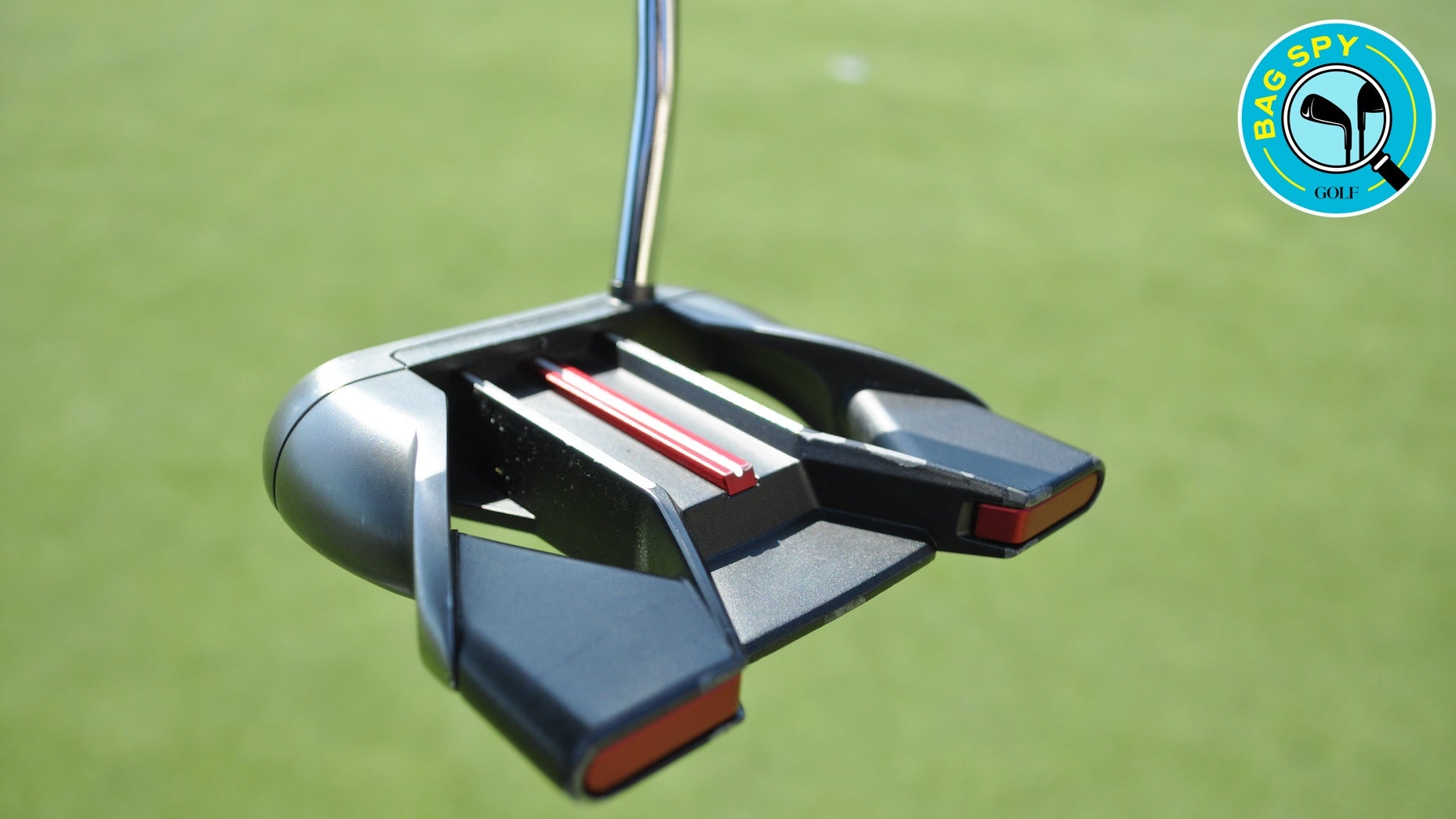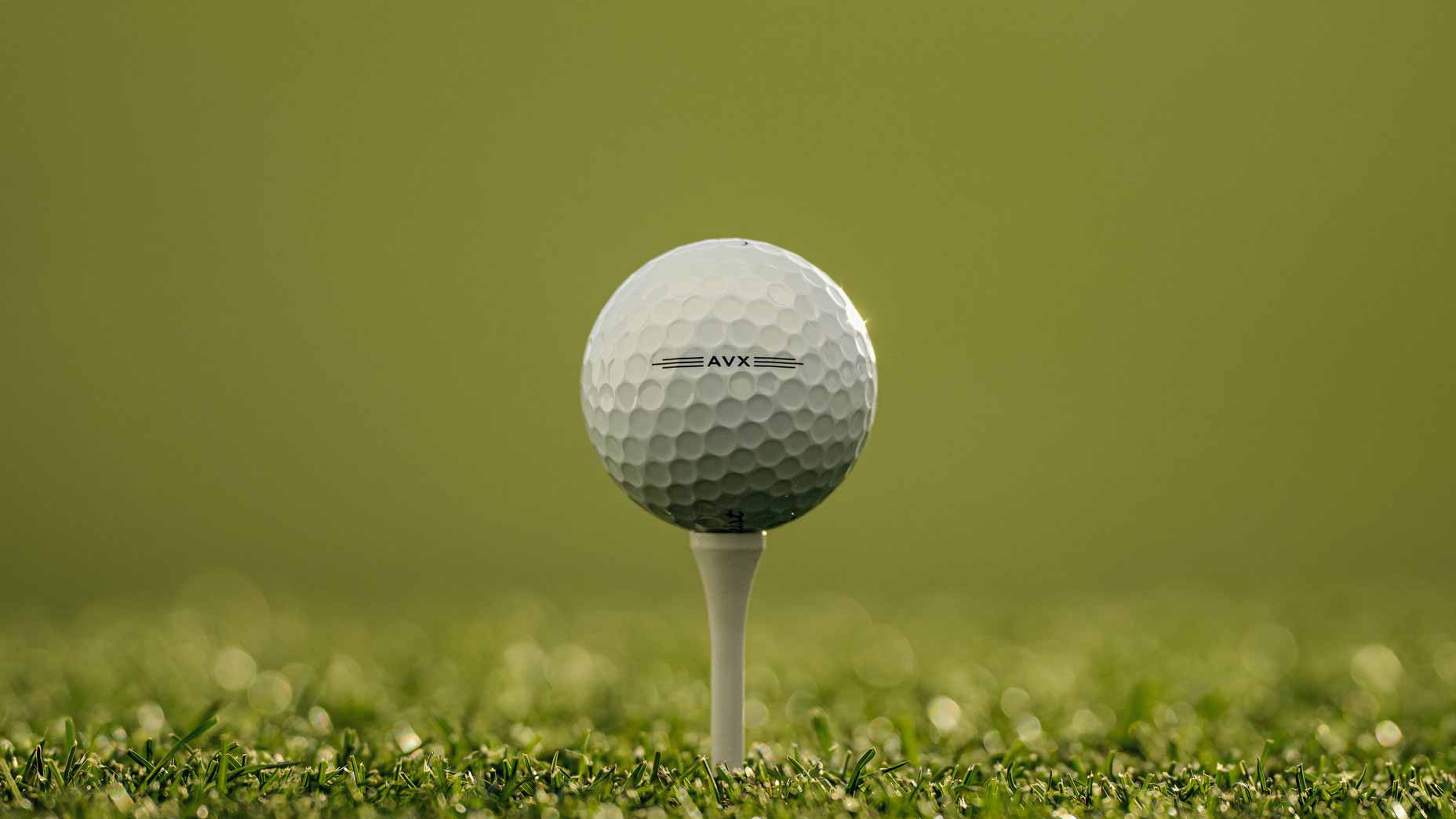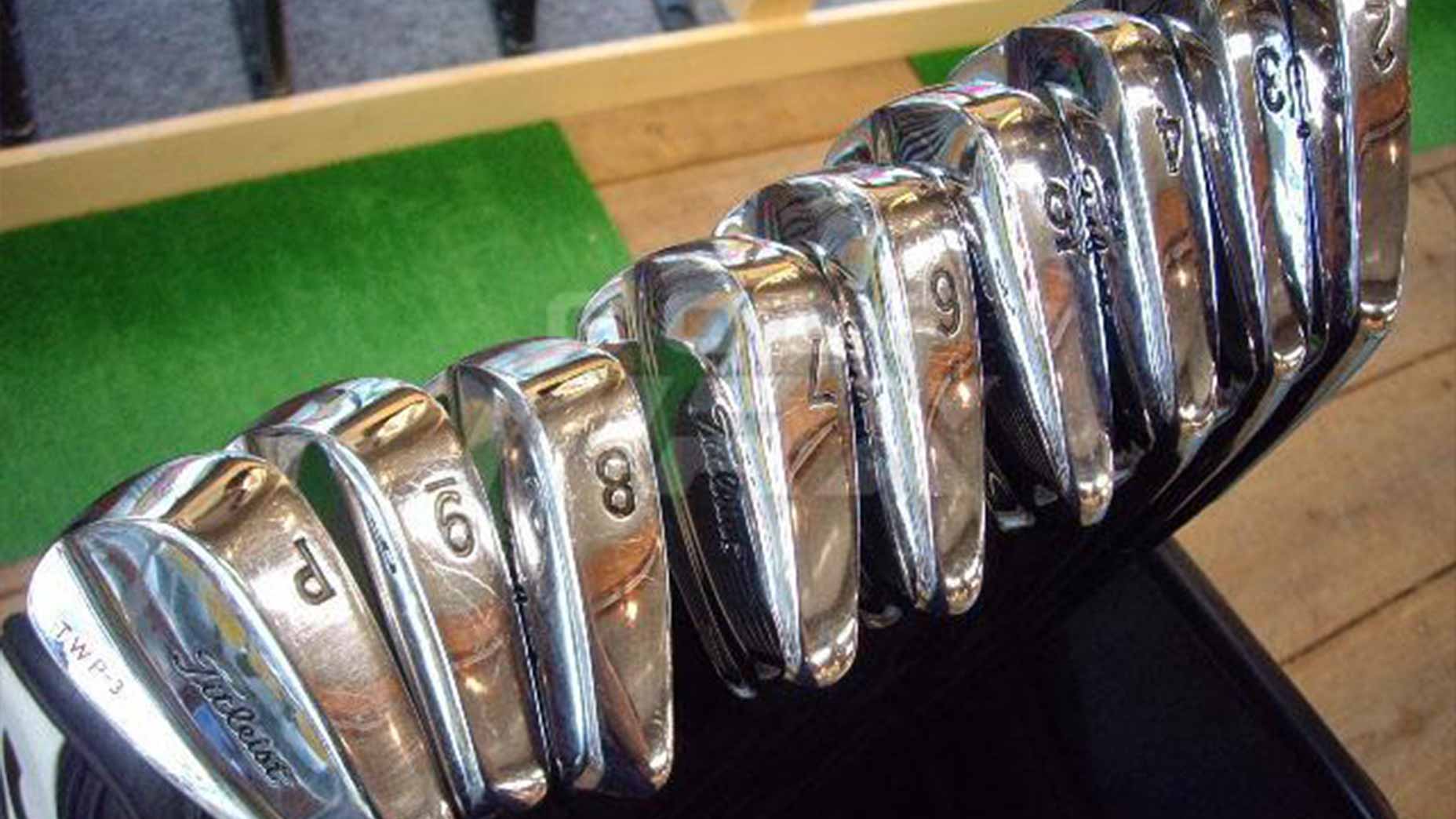The gear crew at GOLF.com spends a lot of time at Tour events snapping photographs of the tools used by the best players in the world. Posting club images without context sometimes works, but it doesn’t help the weekend golfer understand the why behind a pro’s setup.
In this GOLF.com series, equipment editors Jonathan Wall and Ryan Barath answer those questions by highlighting interesting clubs in players’ bags, unique weighting, loft sleeve settings and more. Welcome to “Bag Spy.”
Big boy
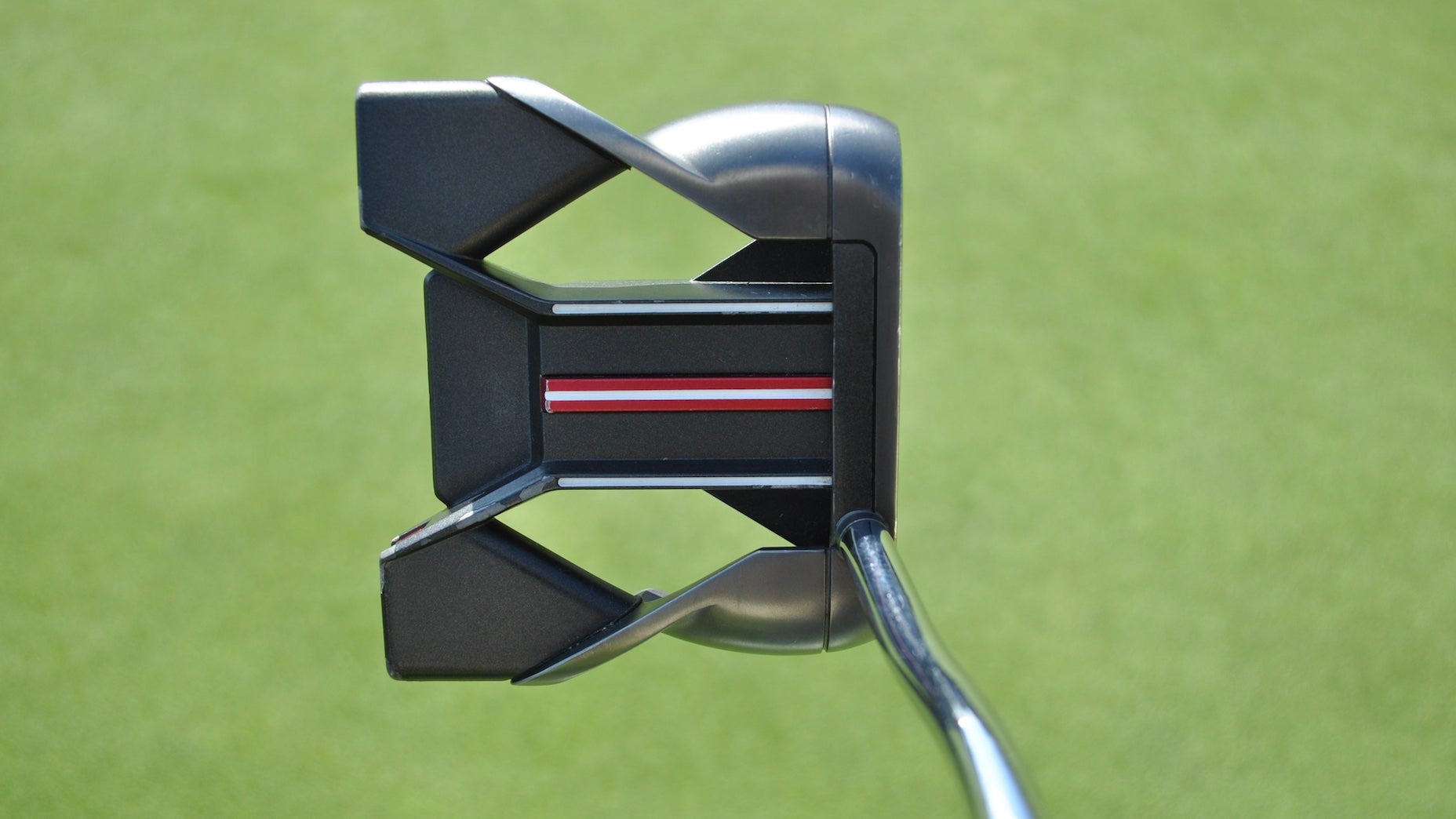
It’s impossible to fully appreciate the massive footprint of Harman’s TaylorMade Spider OS CB putter until you have it in hand. Let me assure you, it’s an absolute unit. Go back over the years and you’ll notice oversized putters have enjoyed their moment(s) in the sun, most notably Jack Nicklaus’ improbable 1986 Masters win with a beefy MacGregor Response ZT 615.
Jack’s putter was designed by the head of MacGregor’s R&D, Clay Long, who, as luck would have it, created Harman’s Spider OS CB around a similar concept. The oversized head increases stability at impact, thereby reducing the amount of head twisting on off-center strikes. The result is (hopefully) straighter putts.
While the design had merit, Spider OS CB came and went with minimal fanfare on Tour, outside of a select few who chose to keep it in the bag. Harman is unquestionably the most high-profile name to use the putter. Two of his three wins have come with OS CB in his hands, including last year’s Open Championship.
“I’ve always liked the larger high-MOI, face-balanced putters for some reason,” Harman said. “Haven’t changed much in the past several years and don’t see that changing anytime soon. It does the job.”
That it does, Brian.
Latest addition
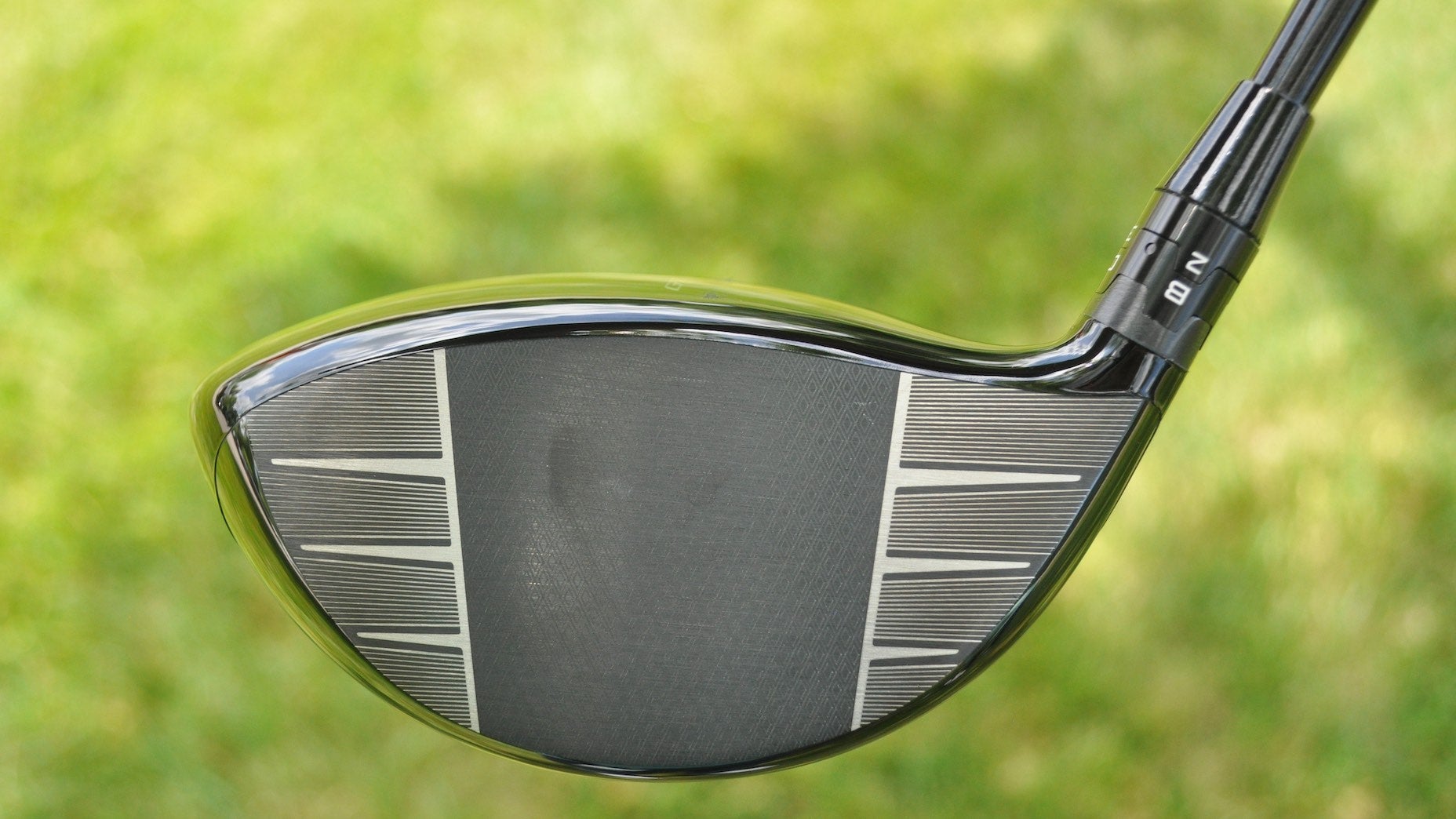
Earlier this year at the Genesis Invitational, Harman was spotted with a Titleist TSR2 driver in the bag. The club never made the final cut, but it marked one of the few times the 37-year-old contemplated changing. For the better part of four years, Harman’s relied exclusively on TSi2 to meet his driver needs. In his eyes, there was no reason to shake things up.
Then along came GT2 to force his hand. Recent testing revealed GT2 produced tighter launch and spin deltas on mishits, which convinced Harman to change at the Travelers Championship.
The first week in the bag was a dream start for Harman, who finished second in Strokes Gained: Off-the-tee, gaining more than five shots on the field (plus-5.086). He also recorded his two best driving rounds of the year on Friday (plus-1.610) and Sunday (plus-1.888).
Harman is on the growing list of recent GT driver converts who’ve switched in the last four weeks.
Difficult to kick
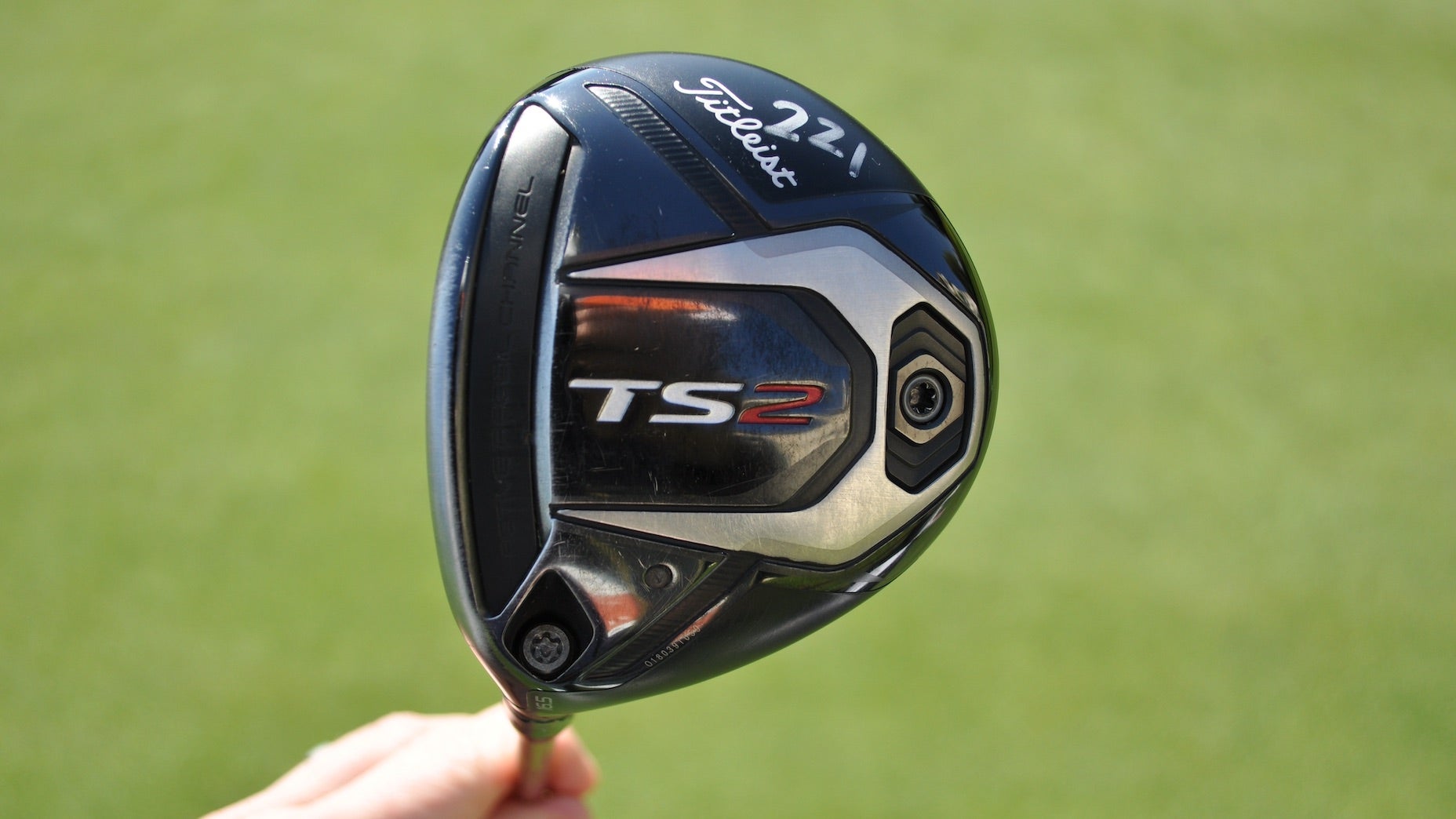
Harman’s TS2 fairway woods turned 6 years old this year. For the average golfer, this would be just another club in the bag. For the average pro, it’s considered ancient by today’s tour standards.
With new products constantly cycling through the bag, anything older than 4-5 years deserves recognition. If there’s an exception, it’s the fairway wood. Designed to handle numerous roles, it’s not uncommon to see a pro stick with the same fairway wood for 5-plus years if it’s working. Don’t forget, Brook Koepka still employs a TaylorMade M2 3-wood from 2017.
There’s a level of comfort that can be difficult to replicate from one fairway wood to the next, which is why many pros refrain from making wholesale changes when new product is released. Generally, they’ll work their way into one fairway wood before focusing on the other — assuming they carry two in the bag. And even then, there’s no guarantee the new stuff will click.
Tiger Woods recently replaced his TaylorMade SIM Ti 3-wood with a Qi10 Tour during the Genesis Invitational but refrained from making a similar change to the M3 5-wood. When asked why the 5-wood hadn’t been bumped, Woods gave a simple answer.
“My 5-wood is different, it’s old, a little beat up, but it still works,” Woods said. “But the 3-wood, I wanted to find something I could draw a little bit better and this one is definitely that.”
When a club is working, there’s no reason to shake up the setup.
Equally old

Speaking of older product, Harman’s 3-wood is equipped with a Fujikura Speeder 661 Evolution II S shaft that dates back to 2016. Not only is Harman using an older model 3-wood, the shaft choice confirms he hasn’t made changes to the overall build. Once again, stick with what works.
As a gearhead, the shaft choice makes me downright giddy as you seldom see older model shafts in the wild on Tour. Speeder 661 Evolution II was a highly-anticiapted product that featured a metallic red, orange, and yellow finish that glistened in the sun. In my opinion, it’s one of the best looking shafts Fujikura has ever released.
Necessary forgiveness

Back in March, Sports Marketing Surveys (SMS) released a chart tracking club usage over the past 15 years on the DP World Tour. The chart confirmed the traditional 3-iron has all but been replaced by high-lofted fairway woods, utility irons and hybrids over the last decade-plus.
Some pros have started replacing the 4-iron with one of the above options — and even the 5-iron. Depending on the course setup, Harman will carry three Titleist U500 utility irons (3-5) and then transition into a 620 CB 6-iron.
“I don’t plan to add a [U500 6-iron], but I’ve seen a lot of benefits using one in the 5-iron,” Harman said. “They’re really consistent and give me the ability to get away with one if I don’t hit it out of the center.”
Pure’d it
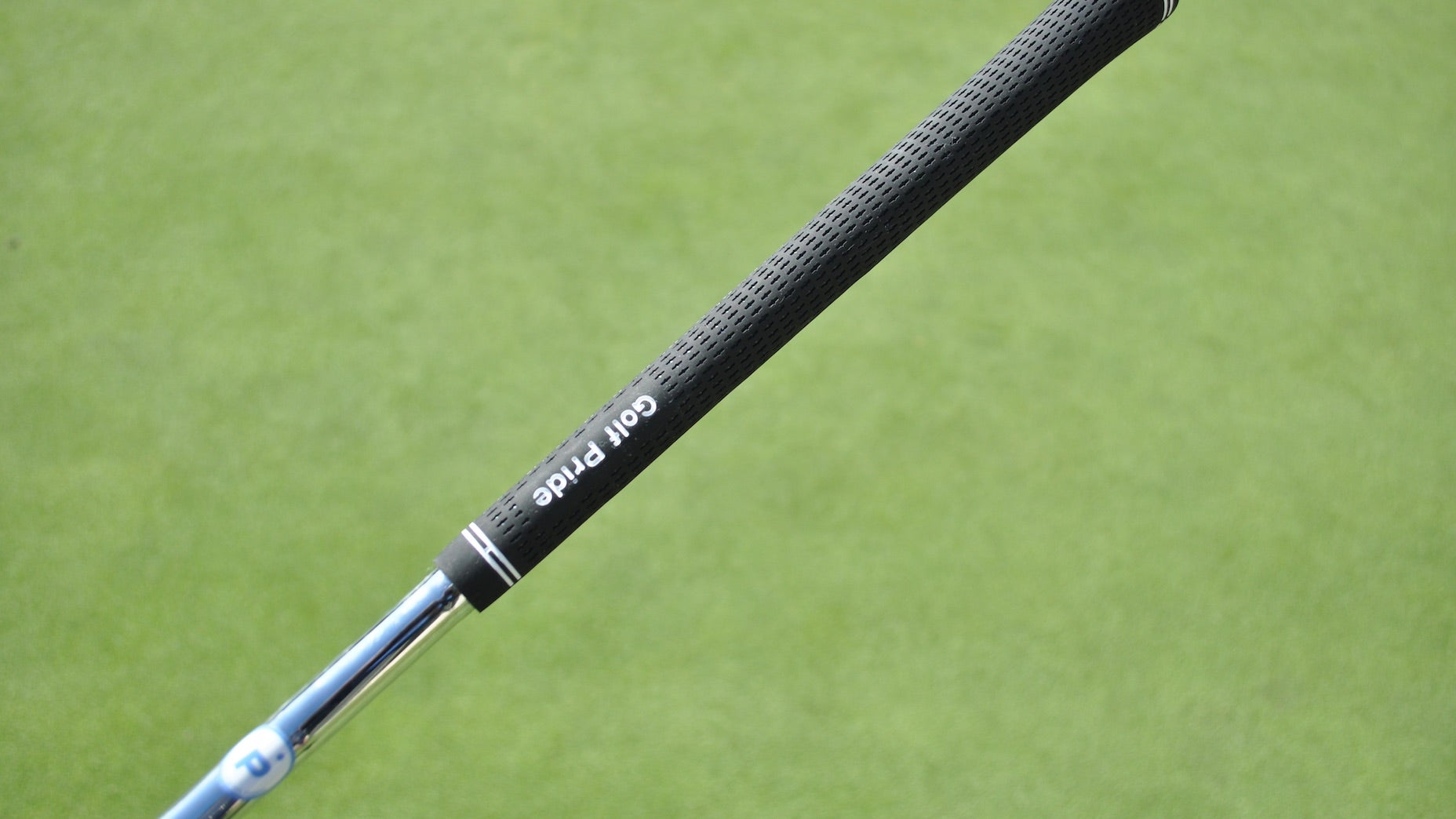
Pros will do whatever it takes to find an edge on the course, including tweaking their process to make the equipment in their bag even better. The “P” sticker situated just below Harman’s Golf Pride Tour Velvet grip denotes his clubs have gone through an SST Pure analysis to ensure the shaft is in the most beneficial orientation for repeatable performance when the head is attached.
Due to manufacturing tolerances, SST Pure founder Dick Weiss started to notice that not all golf shafts were perfectly round or symmetrical, and even the smallest imperfections — be it wall thickness, straightness or roundness — could cause variations in how one shaft performed versus another within the same model family.
SST Pure
View Product
A shaft with the incorrect orientation, when assembled, might release too much or not enough at impact compared to what it’s designed to do. The goal behind the SST Pure machine is to make sure each shaft bends on a neutral axis, which can lead to tighter dispersions and more consistency throughout the set.
While it’s not widely publicized, countless pros have put their clubs through the SST Pure process over the years, including Harman, Tiger Woods, Justin Thomas, Jason Day, Dustin Johnson and DeChambeau.
Small improvements
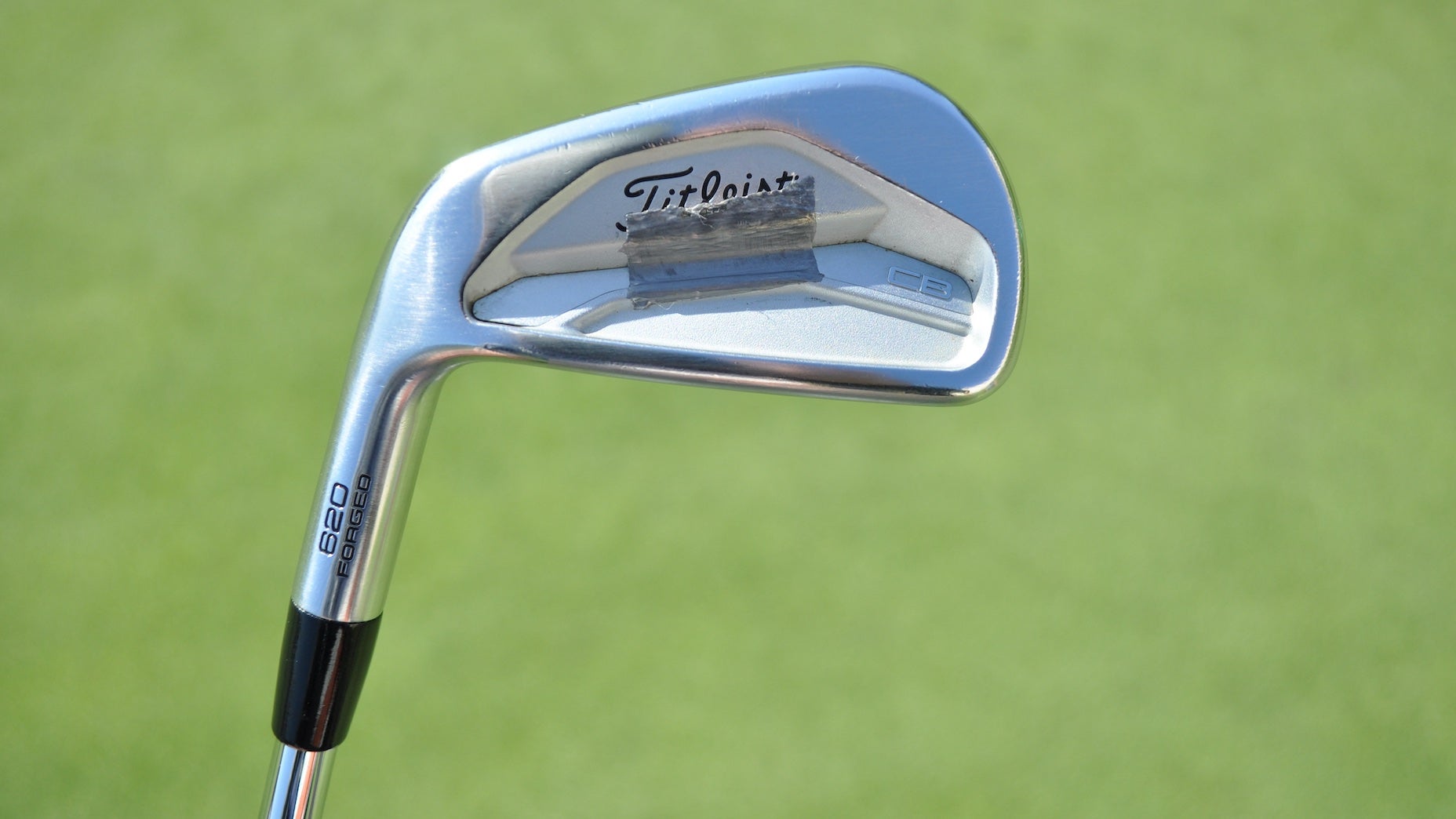
A one-inch strip of lead tape weighs about one-to-two grams, which might not seem like much. But consider this: it only takes two grams to move from one swing weight to the next. And every swing weight change can alter how the club feels and performs in your hands.
When you see a single strip of lead tape affixed to the cavity of Harman’s 620 CB iron, it’s natural to wonder if he really notices a difference. The simple answer is: yes, he does notice a difference. Depending on where the tape is located, feel and CG can be altered incrementally.
Harman isn’t looking for significant changes when he adds lead tape to a club — and it should be noted the lead tape isn’t on every club in the bag — but rather small adjustments that only lead tape can provide with minimal adjustments to the overall club build.
Want to overhaul your bag for 2024? Find a fitting location near you at True Spec Golf.
